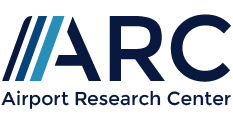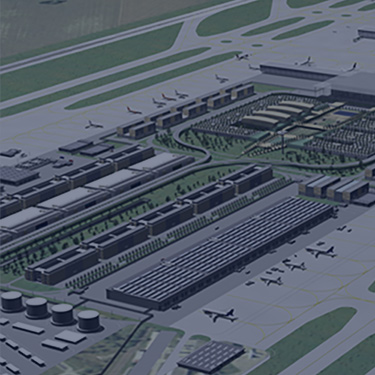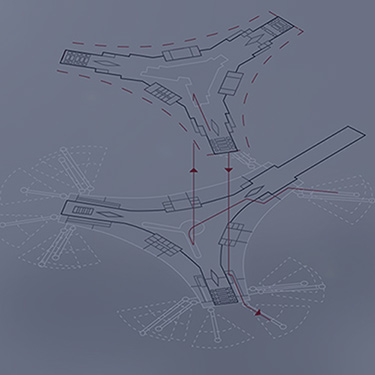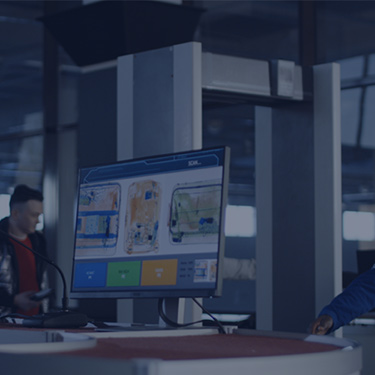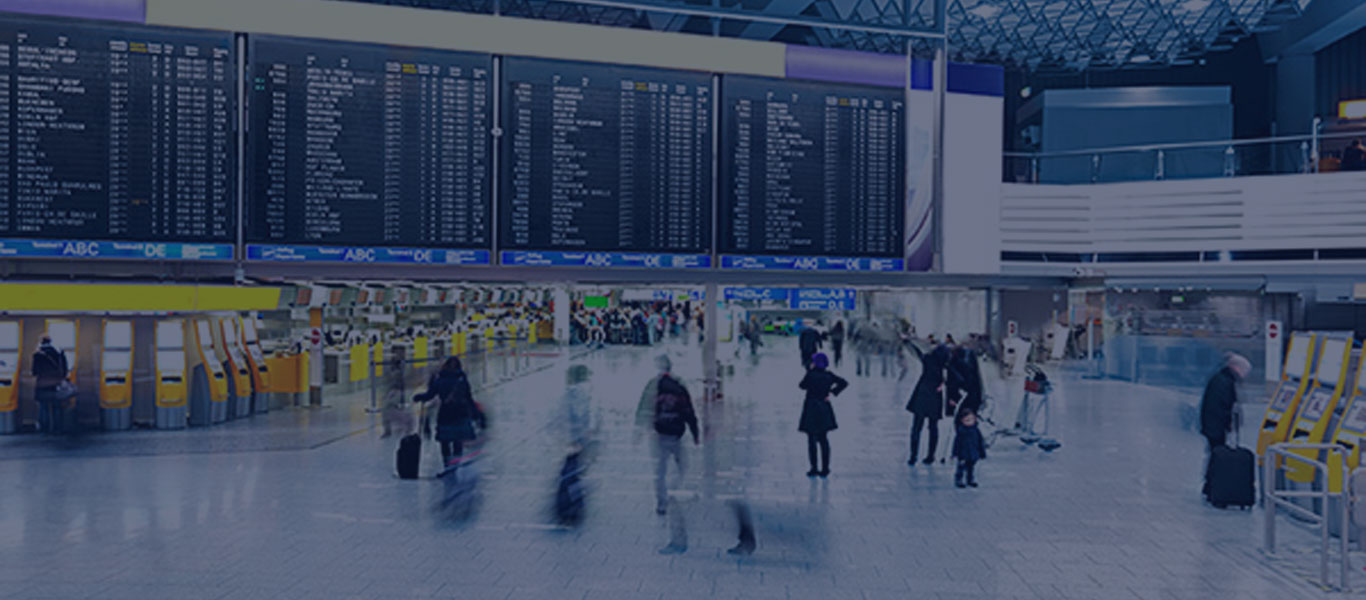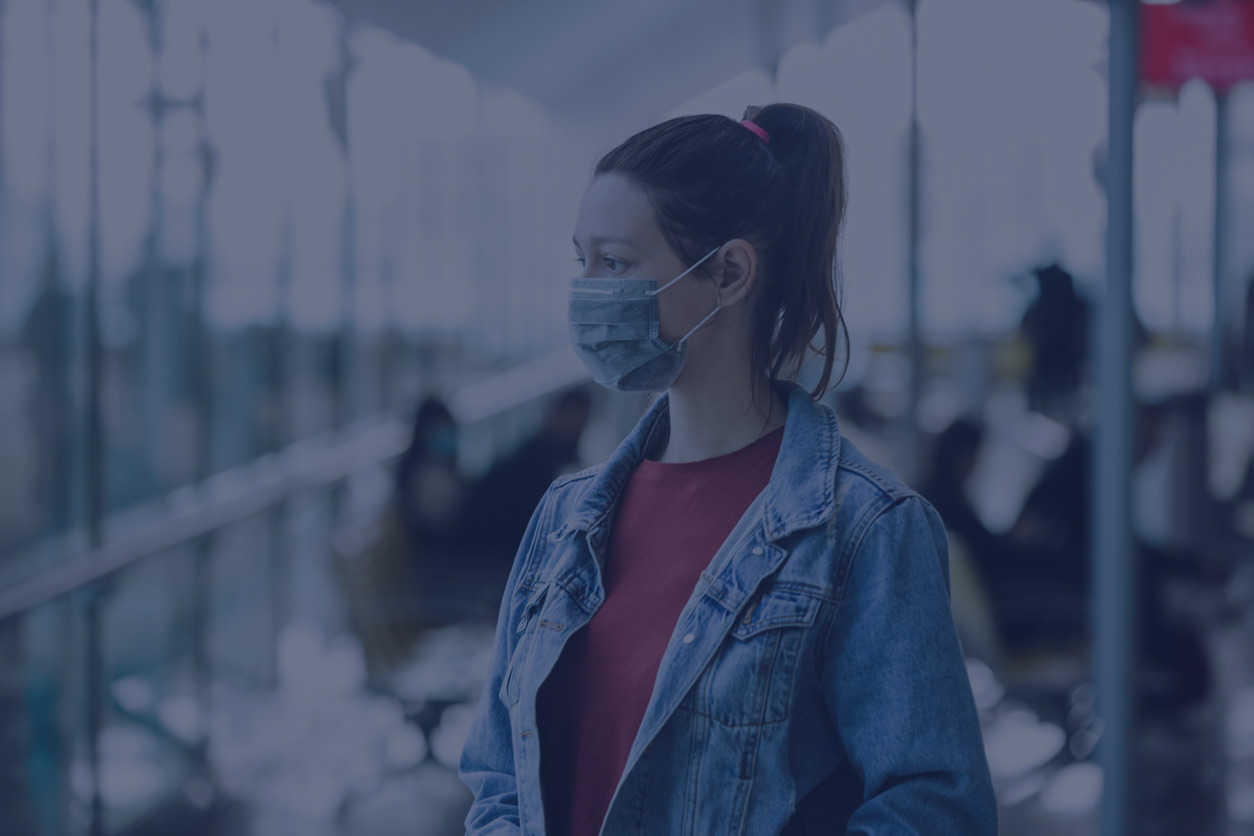Airport Challenges in Reacting to Covid-19
The unexpected and dramatic effects of Covid-19 have hit the aviation industry severely. In order to deal with the new situation and mitigate the health and economic consequences, many questions need to be answered and new solutions developed. This concerns in particular the operational processes and procedures.
The sharp decline in flight demand leads to falling revenues and requires airport management to implement adapted operational concepts and while reducting costs in the short term. Measures range from the adaptive deployment of personnel and the redesign of processes to the variable use of airport infrastructure and lead to significant deviations from normal operations. In addition, it is essential to ensure the health of passengers and staff and prepare for the coming gradual increase in flight operations. Social distancing, staff protection measures and additional processes have a massive impact on passenger flow, system capacity, transfer times and travel duration.

In combination a complex situation has to be planned, controlled and managed: changing demand and changed rules and processes in almost all parts of the system have to be implemented while at the same time high requirements on economic efficiency have to be met. For airport management the task is to plan and organize a smooth recovery of operations and minimizing the risks of disruptive operations while at the same making quick decisions and ensure continuous adaptation. At present by airports, airlines, associations, organizations and many other concrete measures are being elaborated and discussed. Below we give a collection of questions and suggestions from different sources.
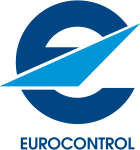
COVID-19 Impact on Airport Operations and Capacity Webinar
In this webinar we presented the results of a study, that was conducted by ARC on behalf of EUROCONTROL and involved major European airports like Paris Charles-de-Gaulle, London Heathrow, Stuttgart and Stockholm Arlanda Airports as well as ACI EUROPE, EASA and IATA in the provision of airport and airline perspective.
Lessons learned so far
On behalf of EUROCONTROL the Airport Research Center GmbH (ARC) assessed the impact of the COVID-19 measures on airport capacity for terminal operations by using a simulation test environment representing a generic airport and various sub-scenarios.
Questions
The spectrum of questions and aspects related to Covid-19 is very broad and in detail airport specific. With regard to passenger flows and processes and how to deal with operational impacts the following items are frequently mentioned:
- How will social distancing influence the space requirements?
- How many check-in counters, security lanes, passport-controls are required?
- How will staff protection measures effect the process design?
- Is it suitable to close areas or single terminals to handle the reduced traffic efficiently?
- How is the influence of changed processes on transfer and travel time?
- How to ensure connections with higher MCT (Minimum Connecting Time)?
- How much manpower is needed to operate checkpoints under changed circumstances?
- Which new processes have to be integrated into the passenger flow (e.g. temperature check / health certificate check) and at which point of the process chain?
- How will queues spread out while maintaining social distancing between passengers?
- How shall gate lounge areas be allocated / organized to lower occupancy levels?
- What is the impact on the turnaround time when deboarding / boarding takes much longer? How does that influence the stand capacity?
- How will social distancing impact remote bus operations or APM (Automated People Mover)?
Covid-19 Discussion of Measures
Understand, Mitigate and Solve the Current Situation
Below you will find a list of aspects and measures currently under consideration based on client discussions and research conducted by ARC. These are no general or official rules, procedures or recommendations. The information here is intended to provide an overview of the spectrum of options and to support discussions. Please contact us for further input.
1. Additional processes
- Temperature control on arrival and/or departure
- Health certificate check, either as a new process or integrated into an existing service
- Entrance control to limit the amount of meters and greeters
2. Limited availability of processors to ensure social distancing
- Use every 2nd processor only
-
- New challenges for allocation due to blocked resources
- Reduction of handling capacity / throughput per checkpoint
-
- Reduction of holding capacity in gate lounges
- Closing of retail areas and VIP lounges
-
- Higher load on seating areas in gate holdroom
-
3. Increased processing time
- Additional checks / questions at check-in passport control etc.
- Limitation of drop-off positions at security control decreases throughput
- Delayed deboarding
-
- Allow head time for luggage
- Limitation of passengers in buses
-
- Delayed boarding
-
- Strict enforcement of boarding by zones
- Limitation of passengers in boarding bridges
-
4. Social distancing in queues and holding areas
- Social distancing in queues leads to lower holding capacity
- Reconfiguration of queuing areas to keep lateral distance
- Mitigation by reduction of waiting time needs more manpower
5. Changed allocation rules
- Reduced allocation of nearby gates at the same time
- Preference of gates close to handling facilities
- Breaking with traditional allocation rules as airlines’ flight schedule require very different amount of processors nowadays
6. Changed passenger flow
- Re-organization changes the passenger load on areas, entries, transportation elements etc.
- Some facilitated transfer flows (e.g. One-Stop-Security, Open Borders in Schengen Zone) may be suspended for a time
Video
Airport Terminal Simulation
Pre and Post Covid-19 Outbreak
Services
- Analysis of the specific situation of an airport
- Discussion of COVID-19 related measures and potential implementations
- Development of scenarios (short, medium and long term) considering different options and predictions
- Simulation based testing, validation and visualization
- Determination of capacities and identification of bottlenecks
- Determination of spatial and process requirements
- ‘What-If’ test of options and refinement
- Visualization of solutions and KPI-based analysis
- Calculation and prediction of passenger and staffing demand
- Pre-operational demand prediction and capacity balancing
- Strategy and road-map development
CAST Terminal Screenshots of a Gate Simulation: Comparison without and with Covid-19 measures. Please move the arrows to compare the pictures.
CAST Terminal Screenshots of a Check-In Simulation: Comparison without and with Covid-19 measures. Please move the arrows to compare the pictures.
Technology
ARC applies the full scope of state of the art technologies like Artificial Intelligence (AI), Data Mining and Big Data Analytics. For the tasks regarding Covid-19 CAST simulation, allocation and prediction tools and solutions are helpful. Possible scenarios and measures can be developed and tested while significantly accelerating the planning process and minimizing risks of decision making.
CAST Simulation & Allocation Software
Simulation based analysis allows to develop and test concepts with a digital twin of the airport and thus reduce the risks of a trial-and-error approach for passengers and staff in the real airport environment.
CAST allows to analyse potential scenarios on a scalable level of detail: Starting with a top-down approach, which could be a pure allocation task, further analysis steps could look at the requirements for passenger handling facilities. Finally detailed layout questions can be answered, e.g. how adapted passenger flows, new and changed processes and related queuing systems can be organized in the most efficient and rule-compliant way.
Quantitative results allow informed decision making and visualisation facilitates stakeholder discussion and communication.
CAST Terminal Screenshots of an Entrance Checkpoint Simulation: Comparison without and with Covid-19 measures. Please move the arrows to compare the pictures.

SOLUTIONS POWERED BY CAST
Pre-operational and operational Real Time Prediction and Demand and Capacity Balancing (DCB)
The SECURITY MANAGEMENT and the PAX FLOW SOLUTION facilitate the prediction of the passenger flow demand for planning purposes (monthly, weekly, next day) as well as for real time terminal operations based on planned/actual flights, processes (also health check etc.) and rules (include social-distancing). Specially trained algorithms determine the resource requirements to achieve defined quality targets (Level of Service – LOS / Level of Health – LOH) for the passenger flow demand and enable an appropriate depolyment of human ressrouces in order to minimize variable operational cost while still meeting quality targets.

